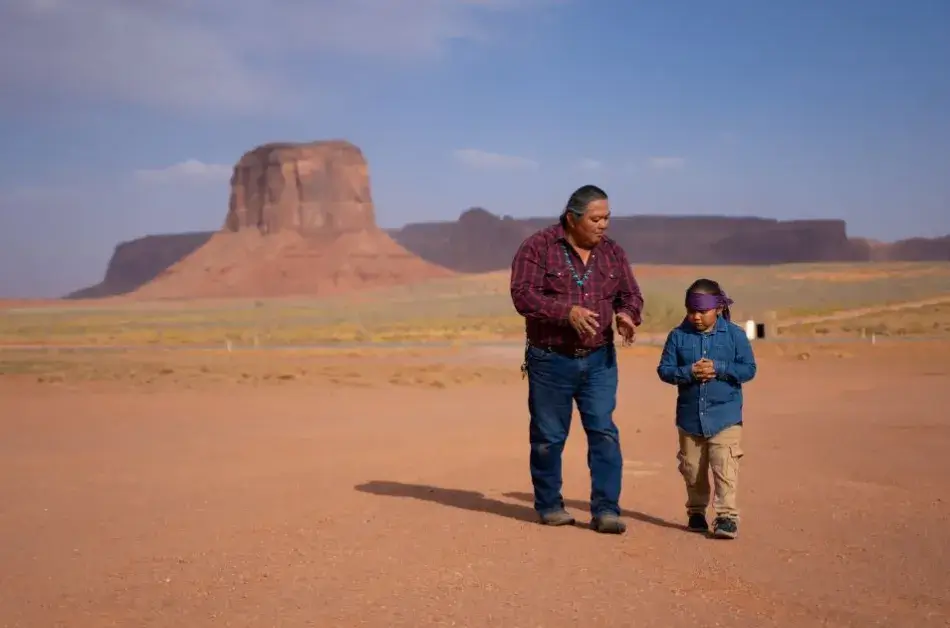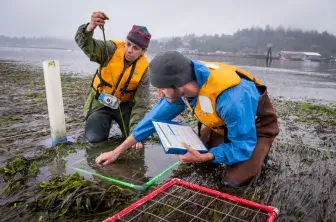Case study
Indigenous Knowledge: Partnerships for more robust adaptation response

Indigenous Knowledge refers to the body of knowledge systems and practices that were developed by peoples who have been stewards of the lands and waters of the world, including the U.S. for millennia. Partnering with Indigenous peoples into adaptation planning helps create responses to climate change that minimize harm to the surrounding environment.iIndigenous knowledge fills gaps in the analysis of changing weather patterns, predict the occurrence of droughts, help protect communities from flooding with local materials, and constructing more climate-resilient buildings.
Given the numerous benefits, multiple reports, including the most recent Intergovernmental Panel on Climate Change reports, have explicitly stated the importance of research using Indigenous Knowledge.iiBecause of the success of partnering with Indigenous people on both community acceptance and the results of adaptation projects, multiple federal agencies are intentionally seeking out partnerships with local peoples. The U.S. Geological Survey has started the Strategic Needs of Water on the Yukon (SNOWY) project that weaves Indigenous Knowledge with hydrology to create regional adaptation plans.iiiReframing ideas through Indigenous perspectives, such as considering climate continuity, have led to changes in climate response from researchers and local communities.ivIndigenous Knowledge also informs and improves existing policy, especially when preparing for large-scale disasters where poor planning can exacerbate existing inequality.v However, this crucial resource is still underutilized in adaptation response, especially in the U.S. Strategically increasing funding opportunities to support both partnerships and drawing from Indigenous practices will be necessary for responding to climate change while protecting vulnerable peoples and ecosystems.





